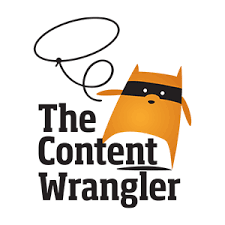Data growth and chaotic data management is causing ever-increasing costs and user discontent. More and more “digital landfills” are created — completely obsolete data that continues to be stored and managed unnecessarily. International studies show that around 70-80% of all stored data is of no use to the organization, increasing the overall cost for managing data.
How can the valuable data be separated from the Redundant, Outdated, Trivial (ROT) data which is duplicated, obsolete, or has no meaning for the organization?
The traditional approach is to manually identify and clean files, folders, data structures and the like. But this manual approach is limited, merely because of the amounts of data stored in an average organization. Consequently, an automated solution is required. An important starting point is the automatic classification of all data in order to be able to eliminate ROT data objects continuously.
Join Paul Perrotta, the Technical Communication Wrangler with his special guests, Andreas Blumauer, CEO and founder of Semantic Web Company and Bruno Wildhaber, Managing Partner at Swiss Information Governance Competence Centre. Andreas and Bruno will look into success criteria of data cleanup but also discuss the governance model.
Topics to be covered include:
• How is the cleanup process set up?
• What is the role of semantic technologies and how can they support the cleanup process?
• How to identify “valuable” vs. ROT-data? What is “valuable” data? Which quality criteria must valuable data meet and who defines them?
• How can complex rules for automatic cleanup not only be implemented but also made maintainable?
 Presented by
Presented by